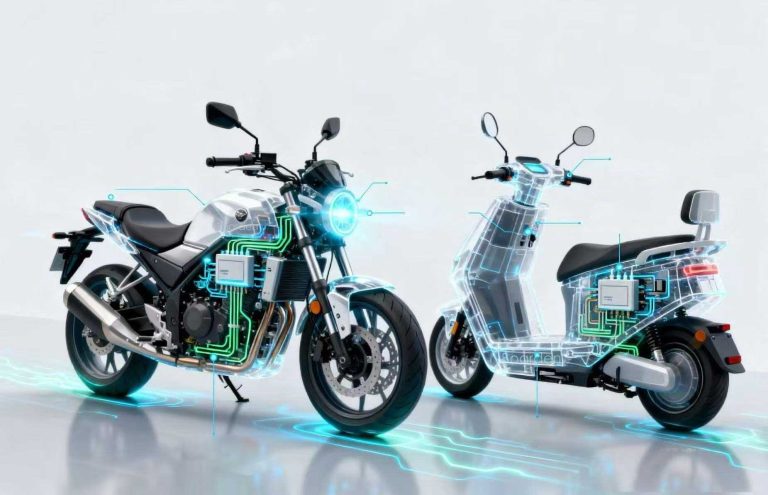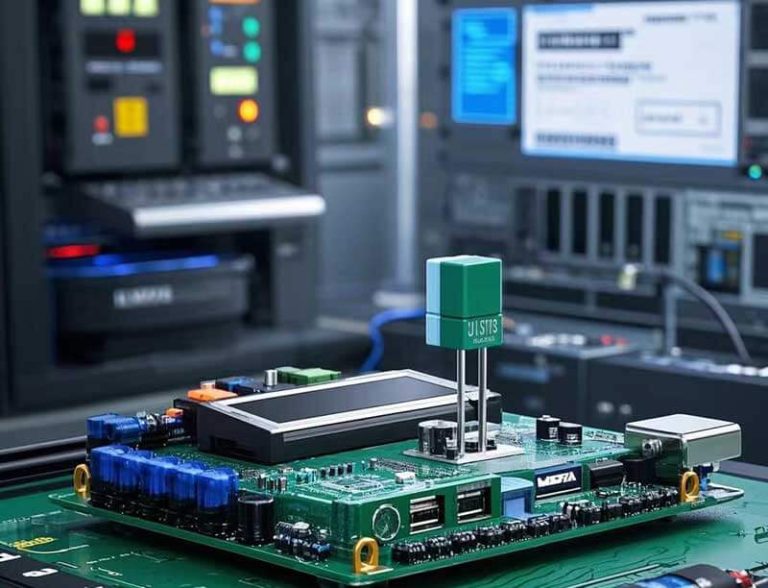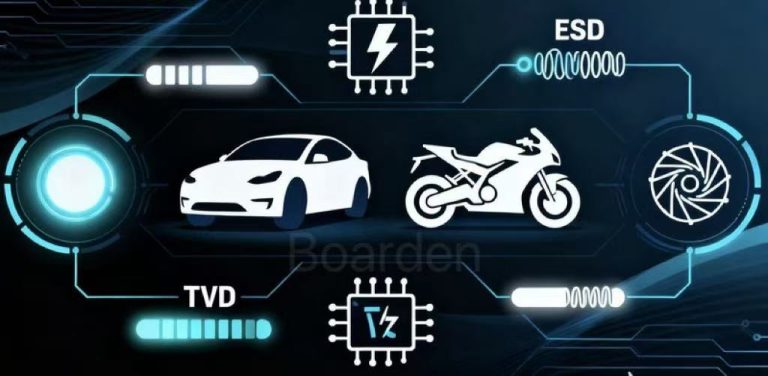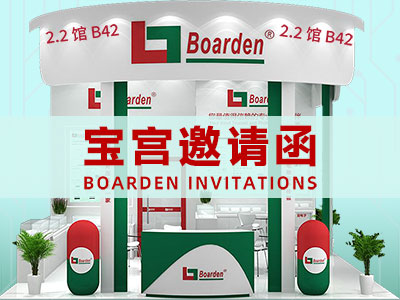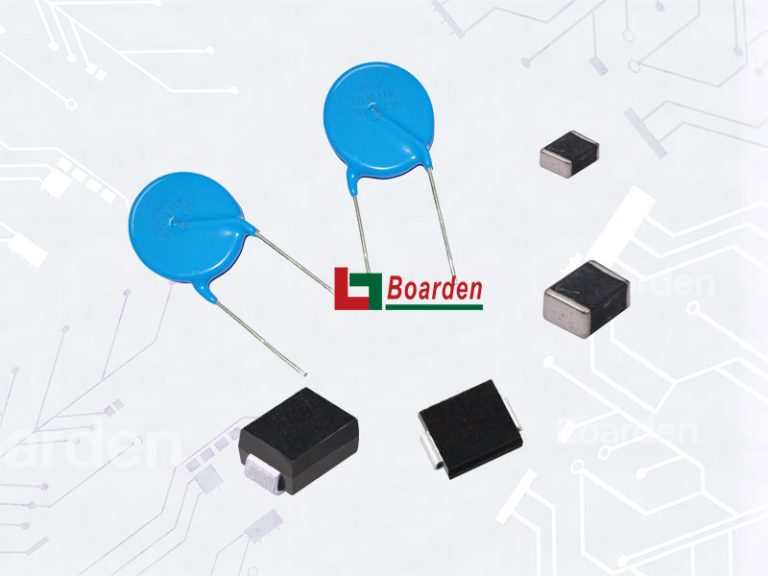From 6V to 48V — New Power Challenges and Protection Strategies
Vehicle Electronics Rising Complexity
Today’s vehicles have transformed into rolling electronic systems. A standard passenger car now carries 70 to 100 electronic control units (ECUs), and luxury models often exceed 150. Every function — from powertrain management and ADAS to infotainment and connectivity — depends on a stable power supply.
But the electrical environment inside a vehicle is far from stable. Voltage dips, surges, cold crank, load dump, and electromagnetic noise constantly stress the system. Without proper safeguards, these events can reset ECUs, corrupt data, or damage components. Understanding how automotive voltage standards evolved, and how protection strategies must adapt, is essential for engineers and OEMs.
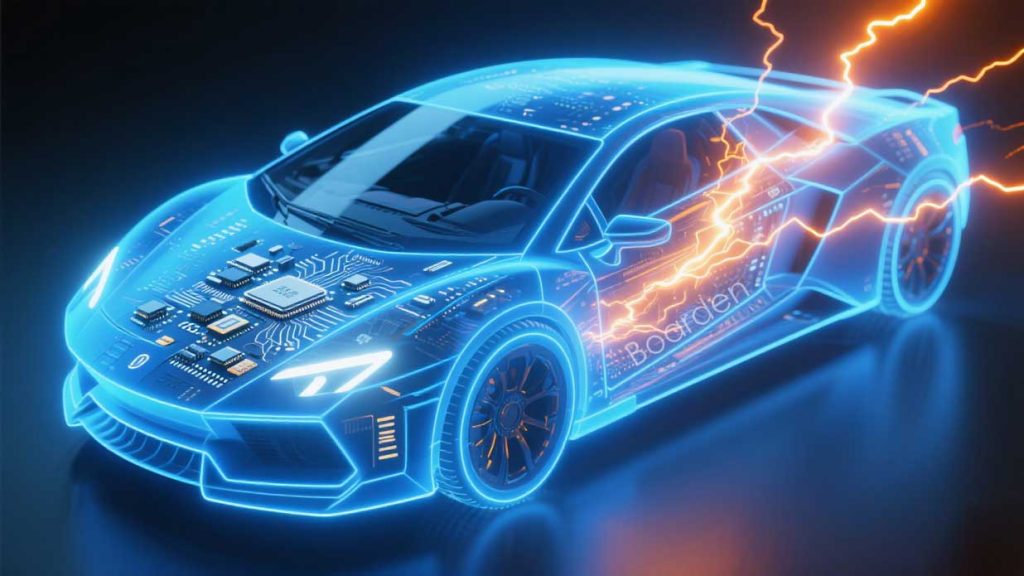
How Automotive Voltages Evolved
6V Era
Early vehicles ran on 6V lead-acid batteries. These systems powered ignition and lamps but soon showed limits: high current demand, thick cabling, and poor cold starts. By the 1950s, the industry moved away from 6V.
12V Becomes the Standard
Doubling the voltage solved many issues. Current dropped by half for the same power, reducing wiring size and cost. A global ecosystem of 12V components emerged, supporting radios, power windows, and air conditioning. Today, 12V remains the backbone of most passenger cars.
24V for Heavy Duty
Trucks and buses require massive torque at startup. Two 12V batteries in series provide 24V, delivering strong cranking power while keeping currents manageable. This setup is now standard in commercial vehicles and construction equipment.
48V and Hybridization
Rising electrical loads — electric turbos, active suspension, regenerative braking — pushed 12V systems near their 3kW ceiling. The answer: 48V mild-hybrid platforms. They deliver higher power while staying below the 60V safety threshold. 48V improves start-stop efficiency, energy recovery, and helps automakers meet tough fuel and emission targets.
Core Electrical Challenges in Vehicles
- Dynamic 12V Range: Battery rests at ~12.6V, charges at 13.5–14.5V, and can drop below 4V during cranking. Devices must tolerate wide swings.
- Load Dump: Battery disconnect during charging can unleash 80–100V surges lasting hundreds of ms. Standards like ISO 16750-2 define test levels.
- Cold Crank: Starter demand causes deep voltage dips that can reset controllers.
- Reverse Polarity: A simple mistake during service can destroy modules if unprotected.
- ESD & EFT: Human touch, motors, and relays inject spikes and noise into the network.
Protection Strategies for Automotive Electronics
Effective design layers multiple defenses.
- Power Entry Protection Place surge absorbers at the supply line. Varistors (MLVs) handle bulk energy, while TVS diodes clamp fast transients. Automotive-grade parts tested to AEC-Q standards ensure reliability.
- Interface Protection Data buses such as CAN, LIN, and Ethernet need low-capacitance ESD protectors. For higher EMC demands, integrated common-mode filters like Boarden BIS devices maintain signal quality while blocking noise.
- Load-Specific Safeguards Different modules face different risks. LED drivers are surge-sensitive and benefit from MLV/TVS pairing. Motor controllers need higher transient endurance.
Looking Ahead with 48V
The move to 48V reshapes protection needs:
- Devices must handle higher steady voltages.
- Surge events carry more energy, requiring stronger absorbers.
- Automotive suppliers must innovate faster to deliver robust AEC-Q200 qualified solutions.
The path from 6V to 48V reflects the industry’s drive for more power, efficiency, and reliability. Engineers who design with robust protection from the start secure not only functional safety but also end-user confidence.
At Boarden, we provide automotive-grade circuit protection components — MLVs, TVS, and BIS surge protectors — tested to AEC-Q200 and ISO7637 standards. Our solutions help OEMs and Tier-1s meet the demands of next-generation mobility.
Contact us to discuss your design needs, or join our engineer discussion group for technical insights (WeChat ID: 4027704).
